Conclusion
Pros
- Solid all metal construction with excellent haptics
- Quite compact given the quality of the optics and the fast maximum aperture
- Sharp over most of the frame from f/1.2 and very sharp stopped down
- Beautiful bokeh
- Excellent color and contrast
- Good flare resistance
- Aperture ring can be declicked
Cons
- High vignetting
- A bit of chromatic aberration
- Some barrel distortion
- Spherical aberration causes softness at wide apertures when focused close
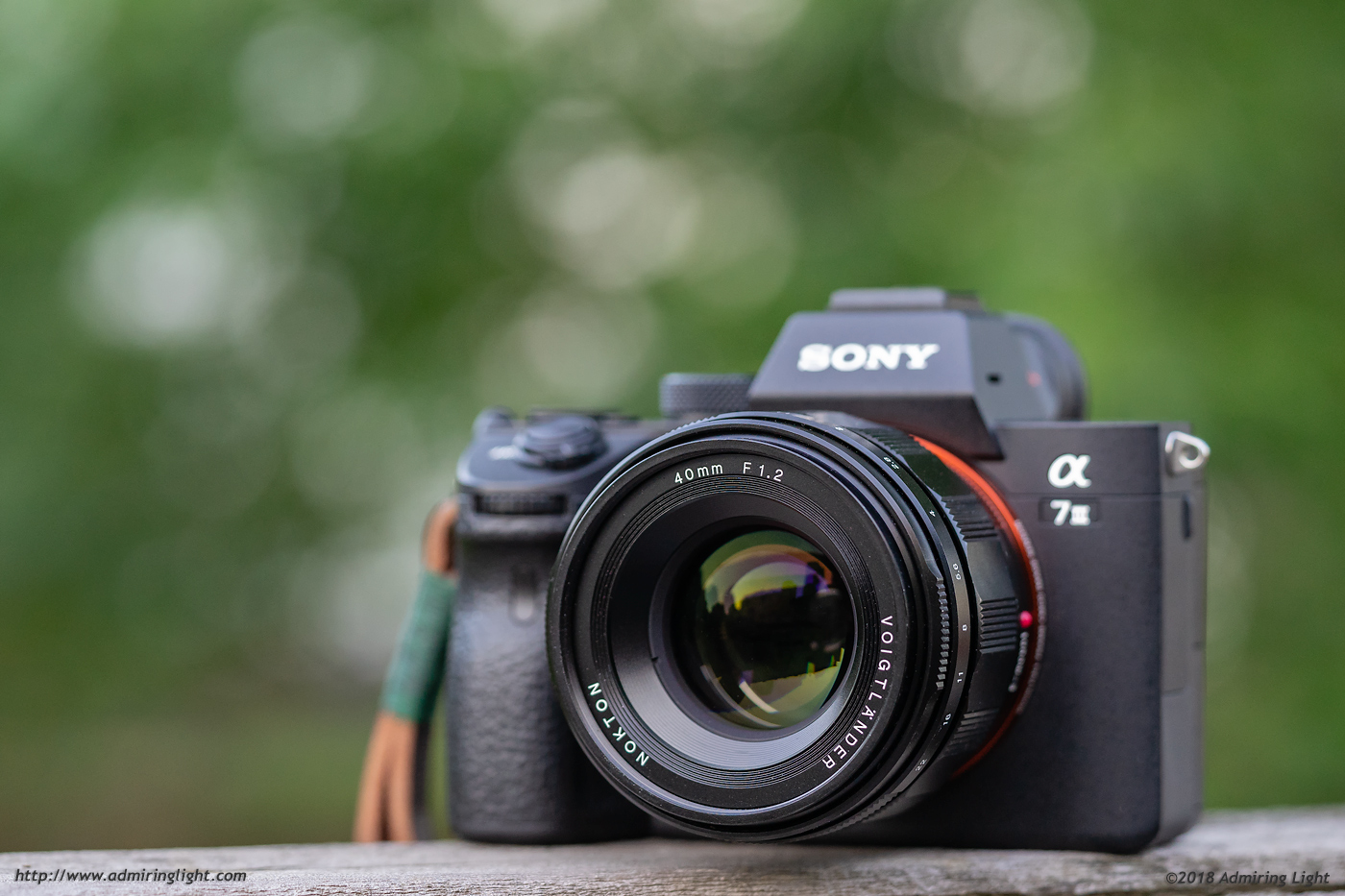
I simply have to say: I love this lens. From the moment I looked at the first batch of photos from this lens, I was hooked. There’s something about the rendering that just speaks to me, and I found it to be nearly the perfect focal length for everyday use. The lens is sharp right from f/1.2, and is extremely sharp stopped down. Bokeh is generally very good, and color and contrast are excellent. Portraits taken with the 40mm f/1.2 just pop, and it makes for a great landscape lens as well.
The $1,099 price might seem a bit steep for an all-manual lens, but the versatility and optical quality make it very much worth that price of entry. This is an outstanding effort from Voigtländer. Where’s my wallet?
Image Samples
Click on an image to enlarge.
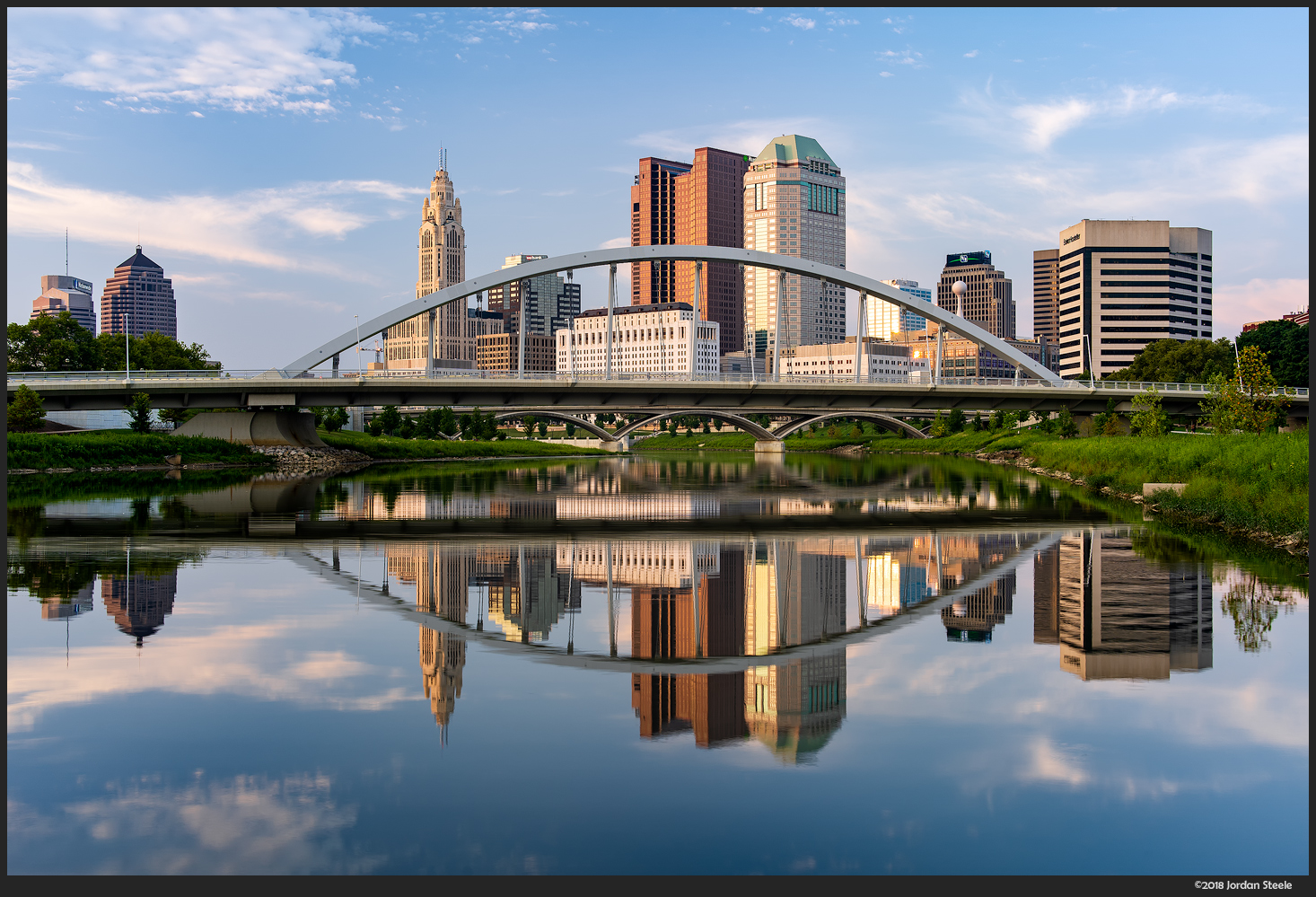
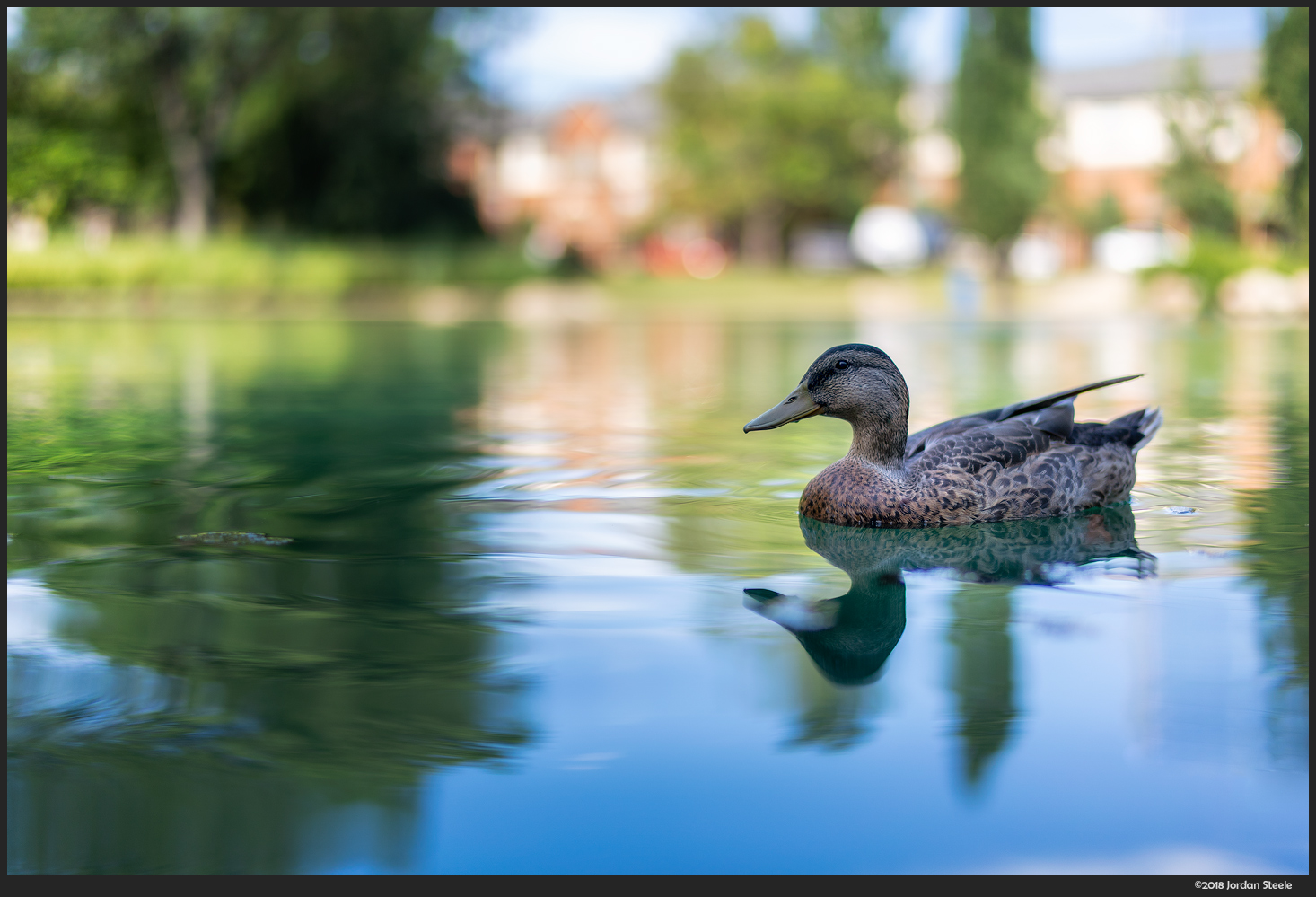
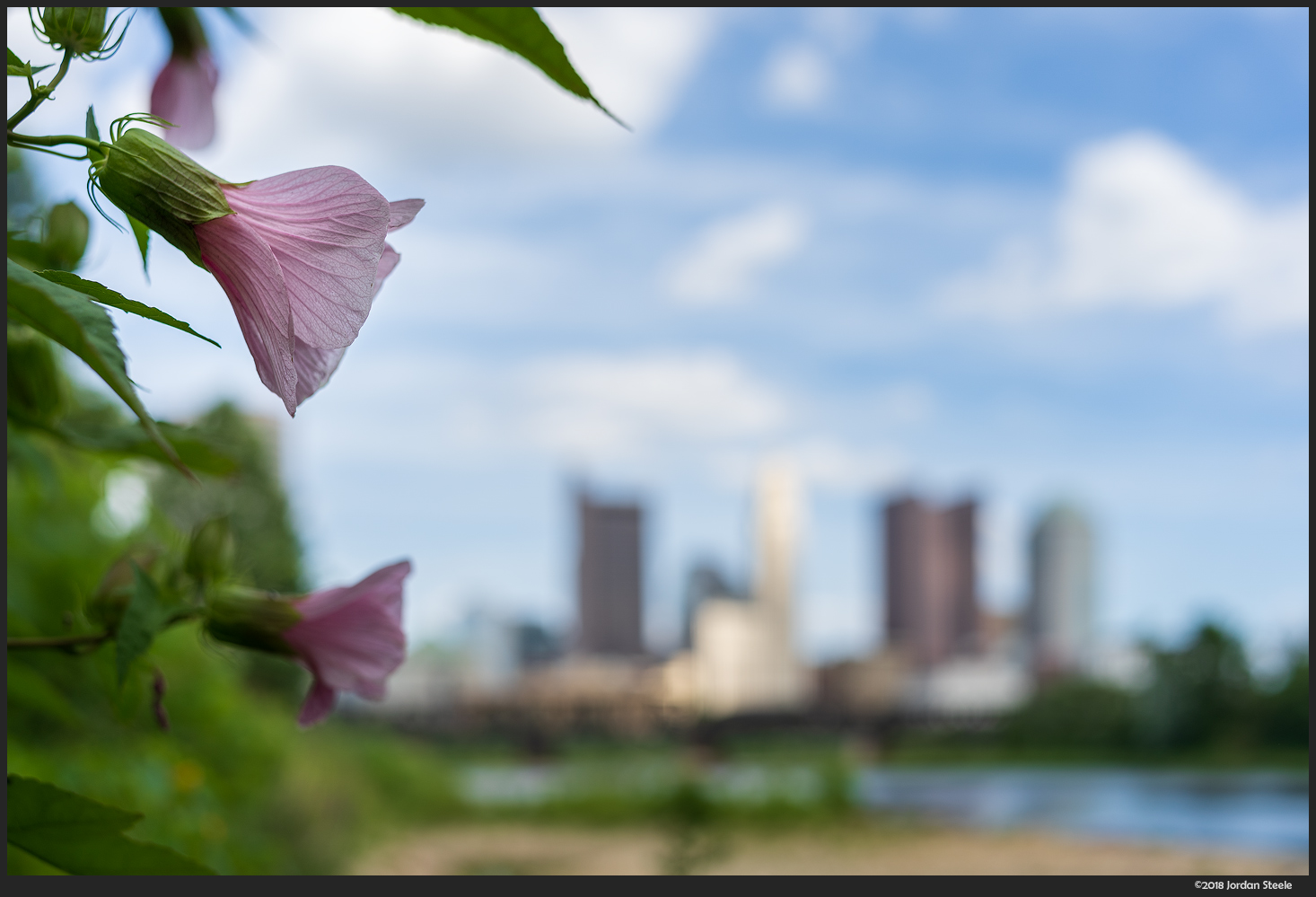
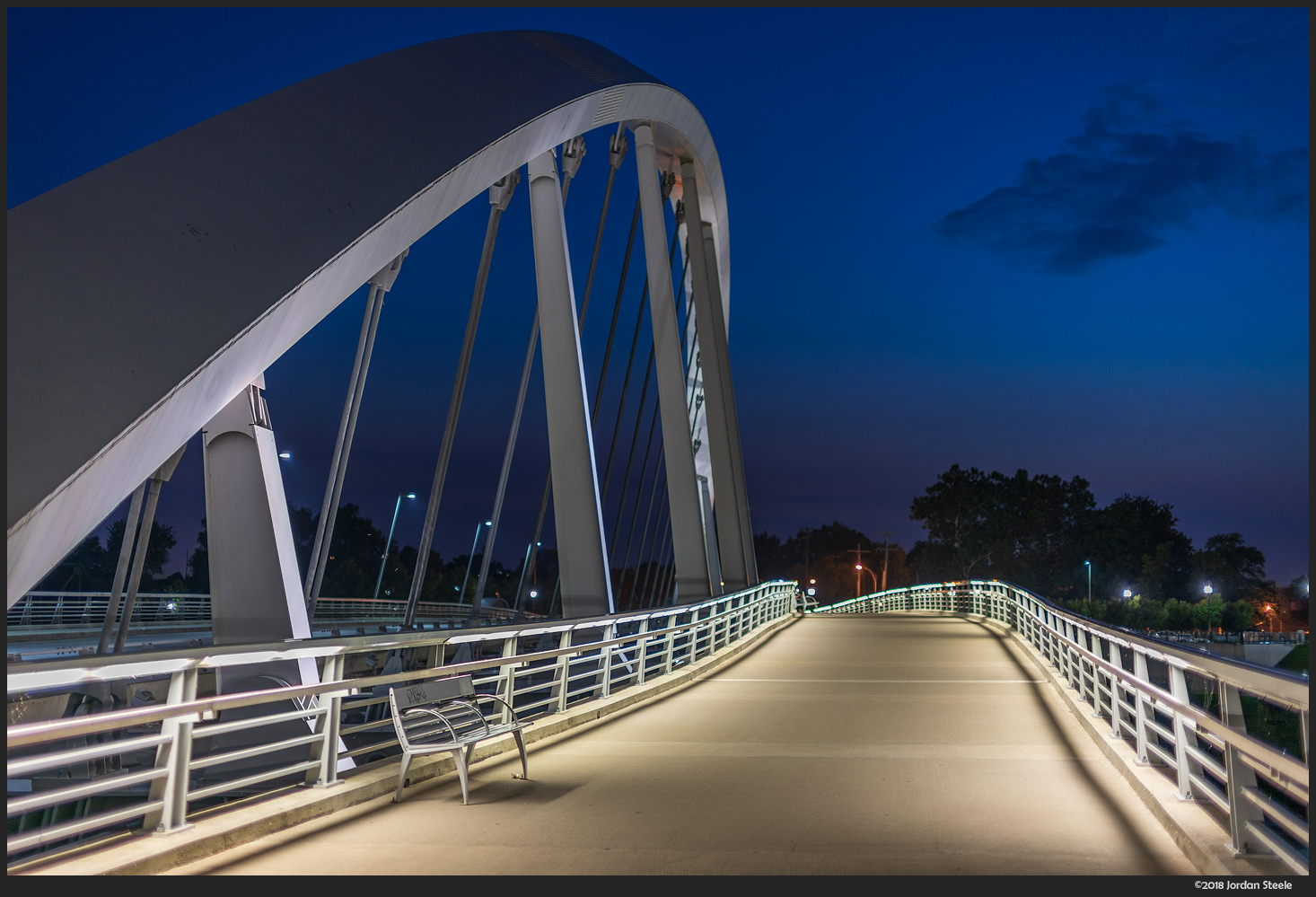
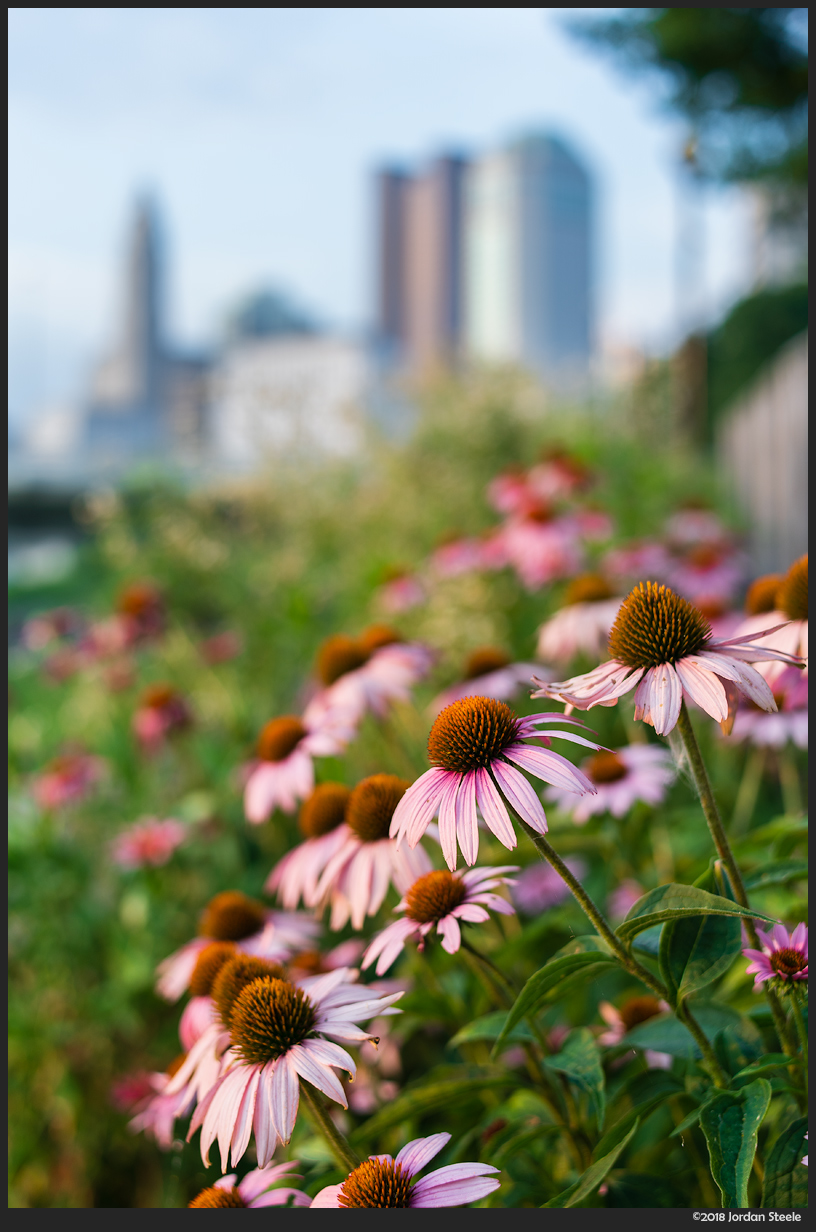
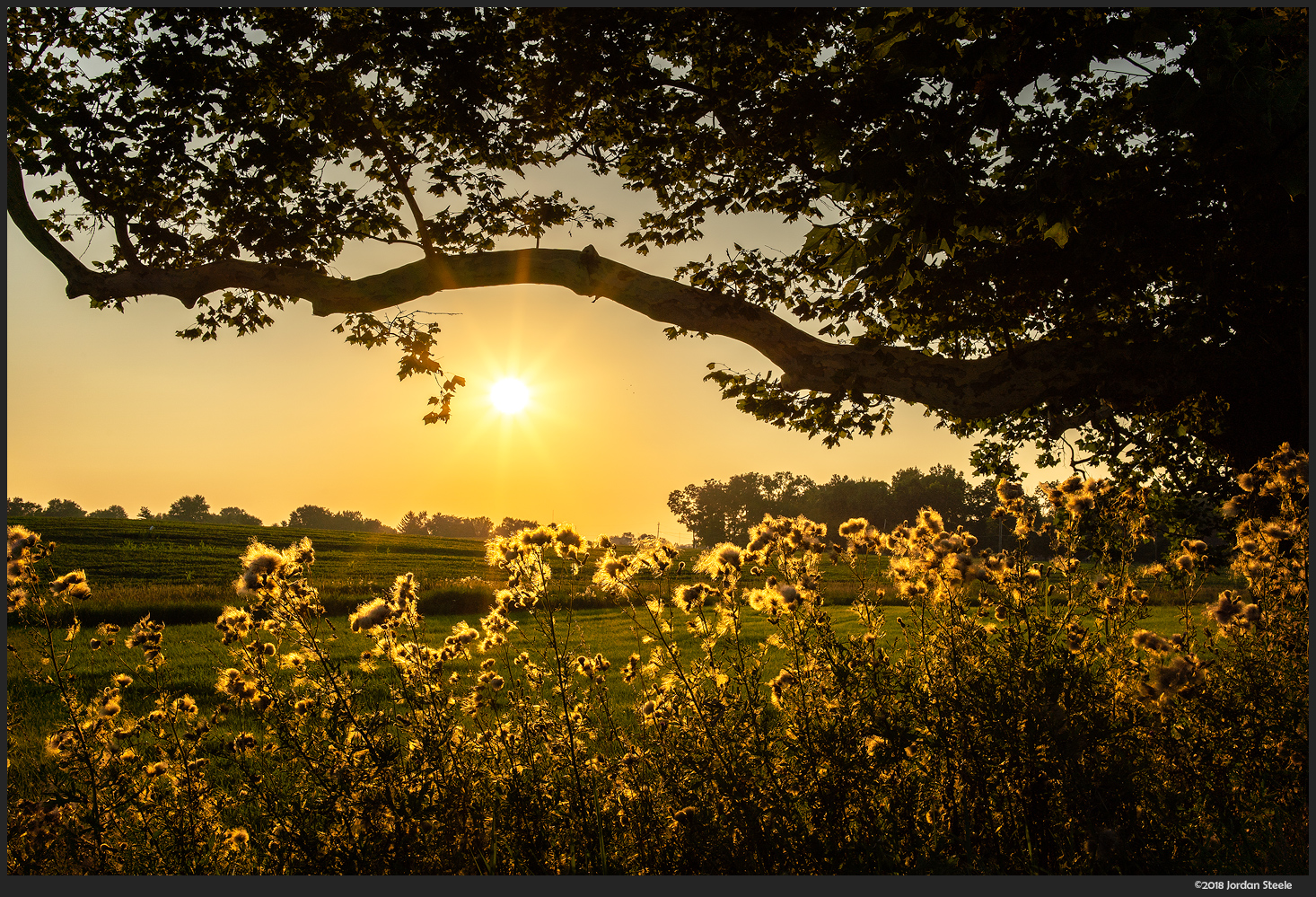
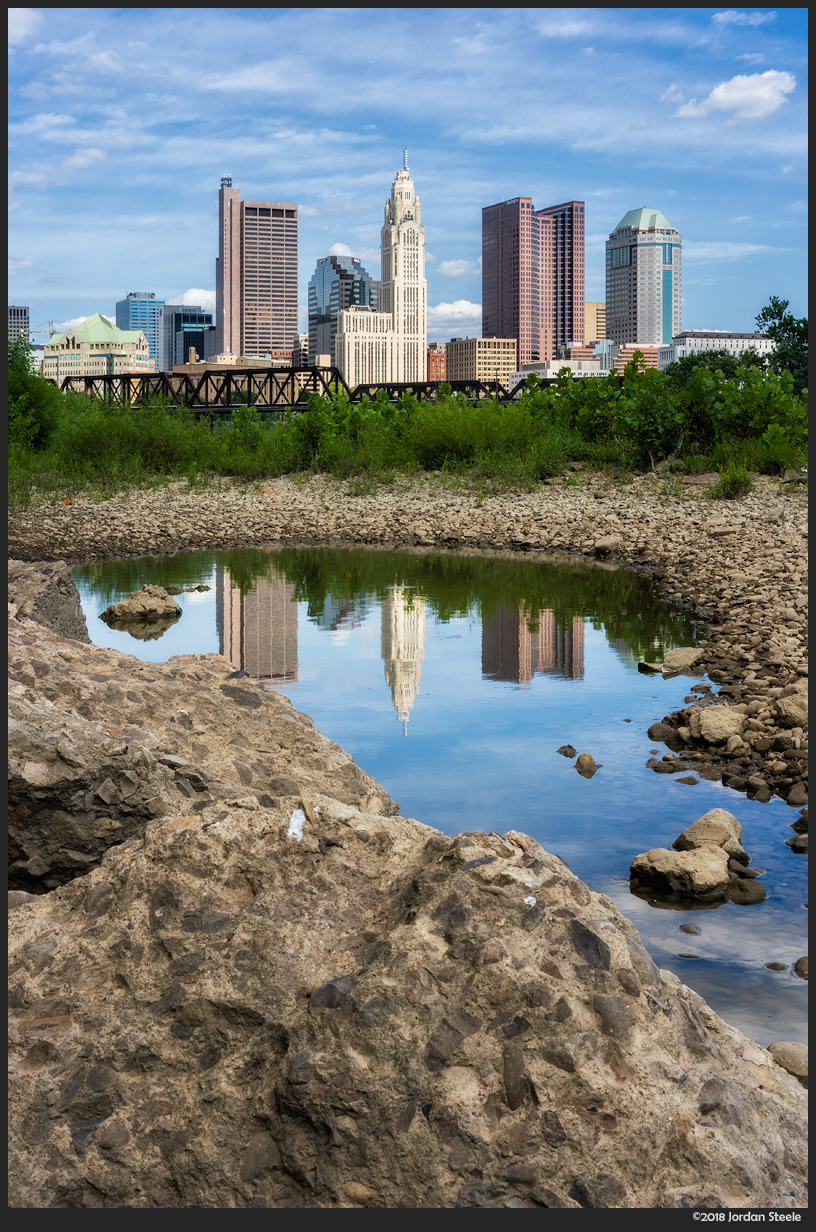
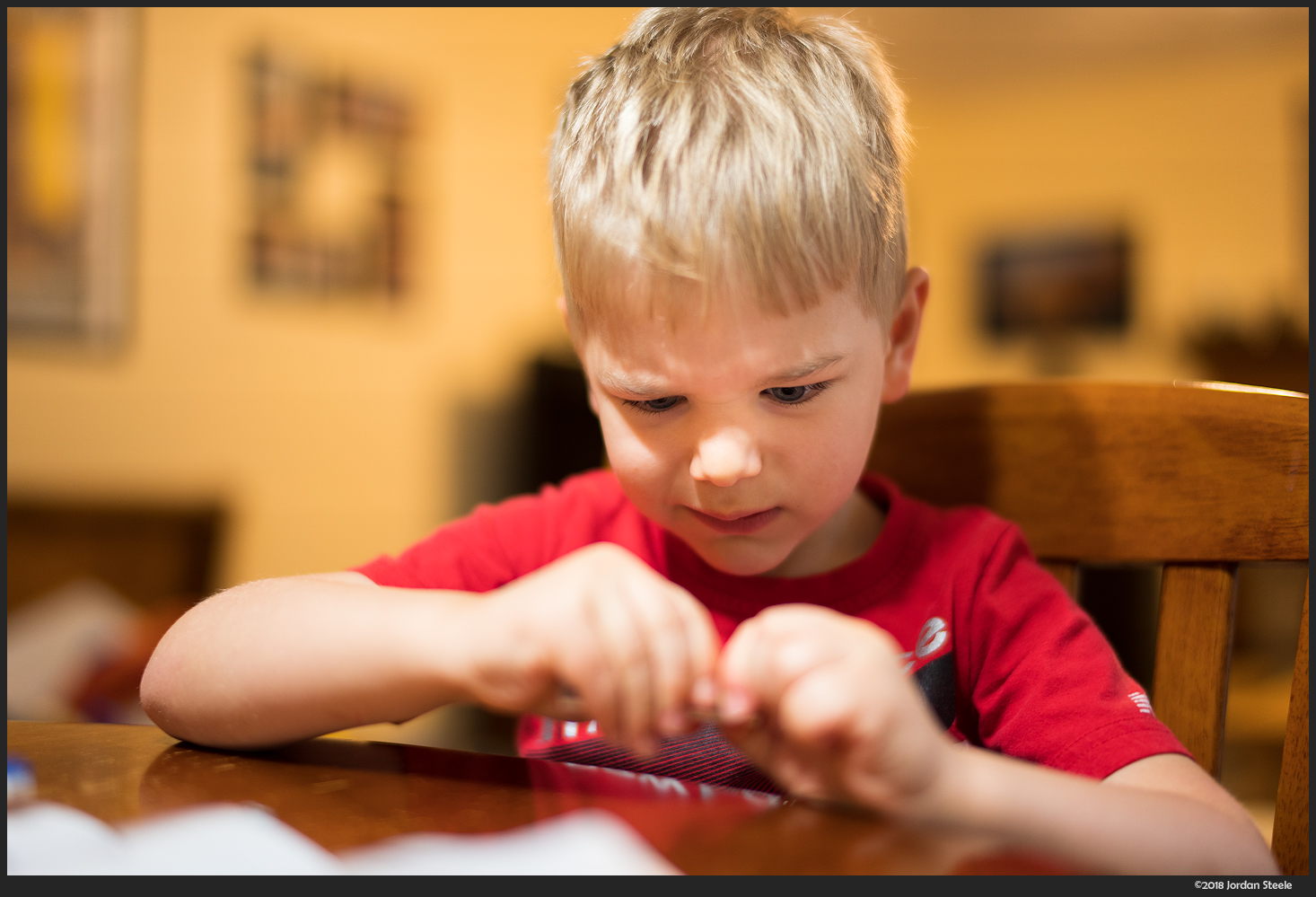
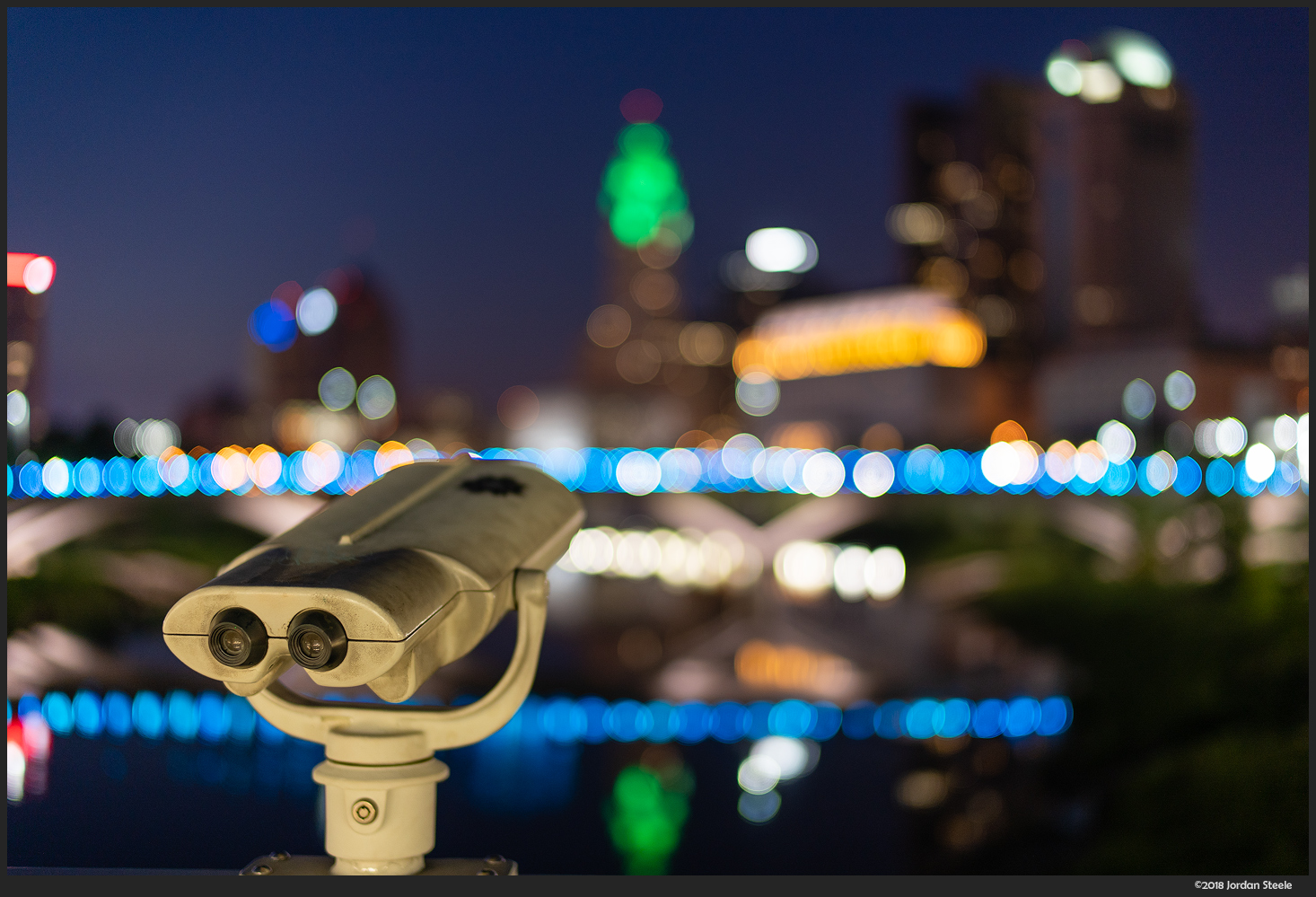
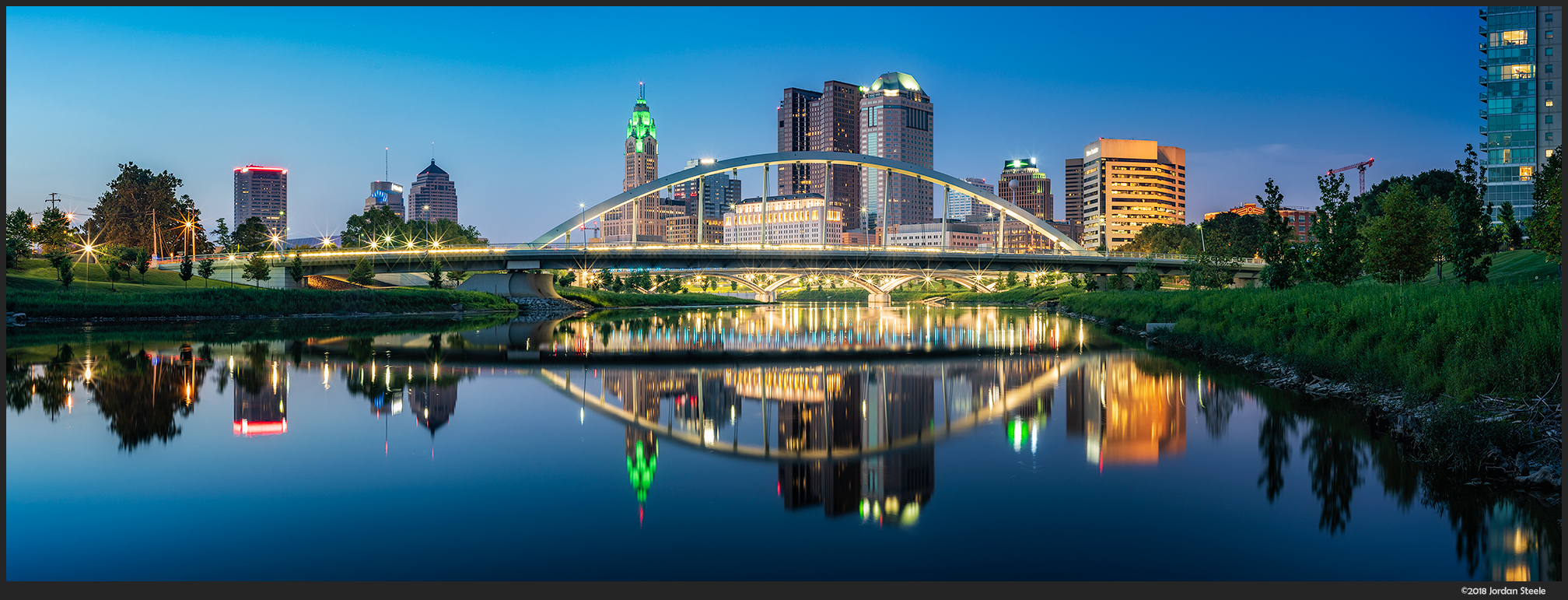
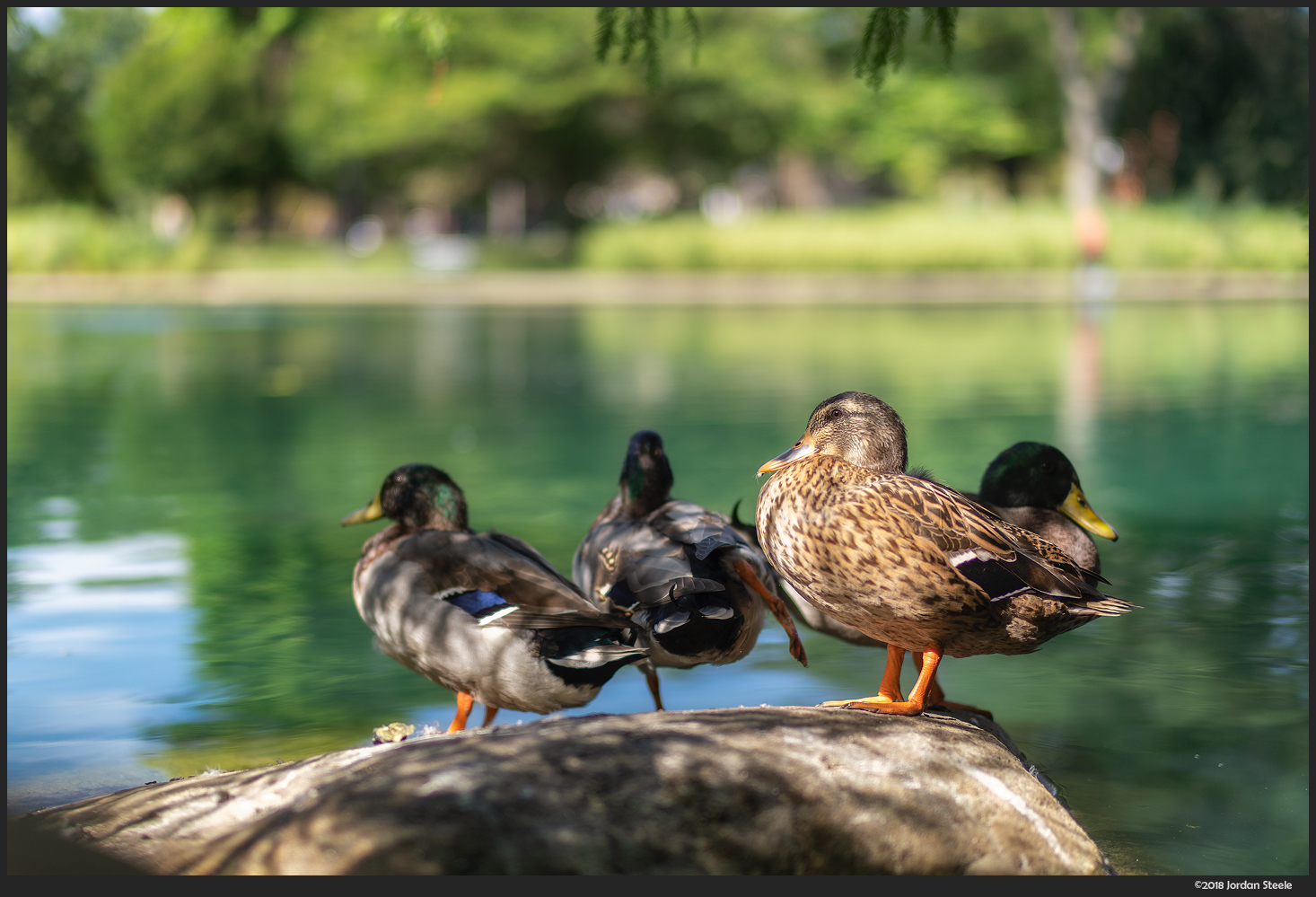
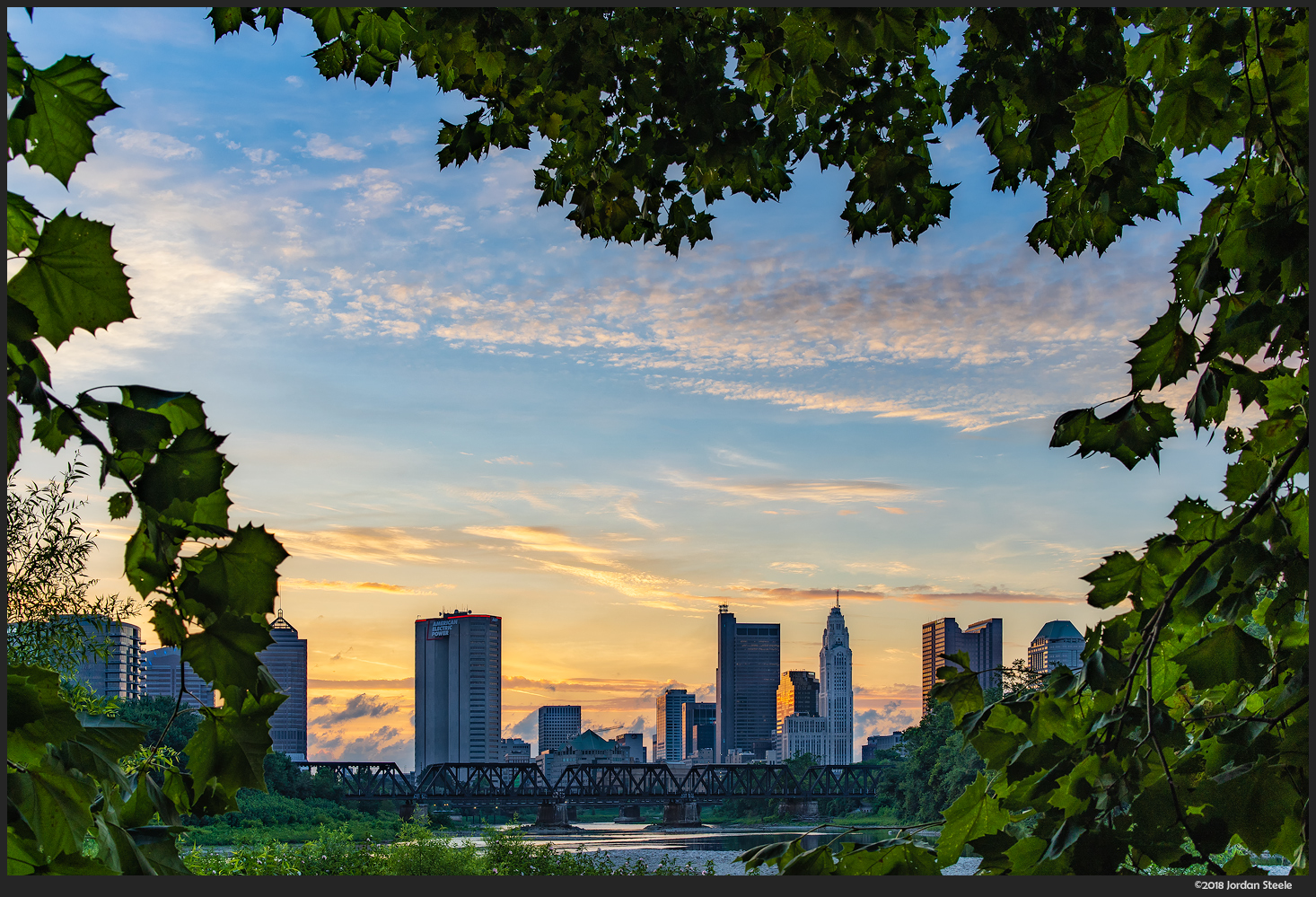
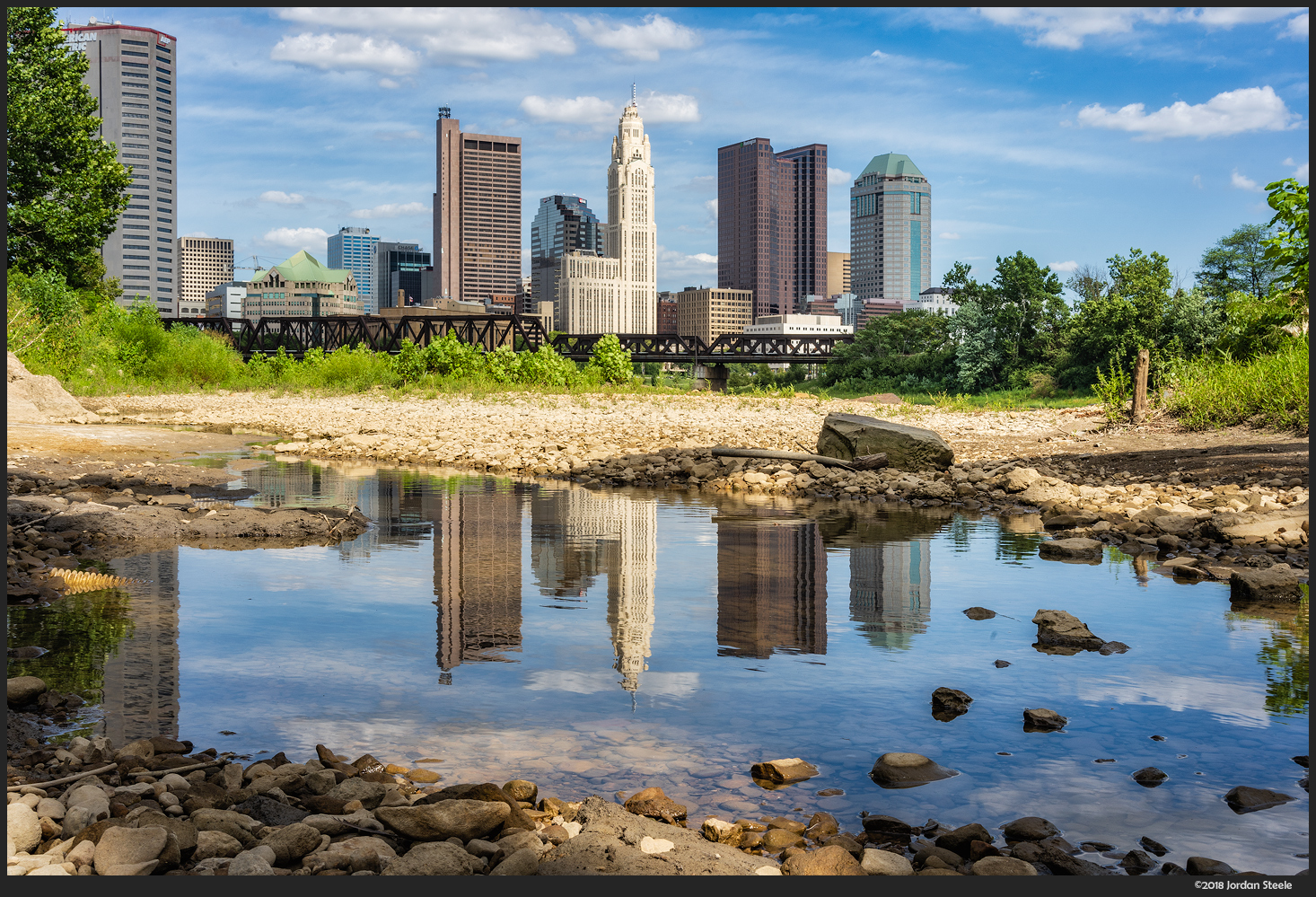
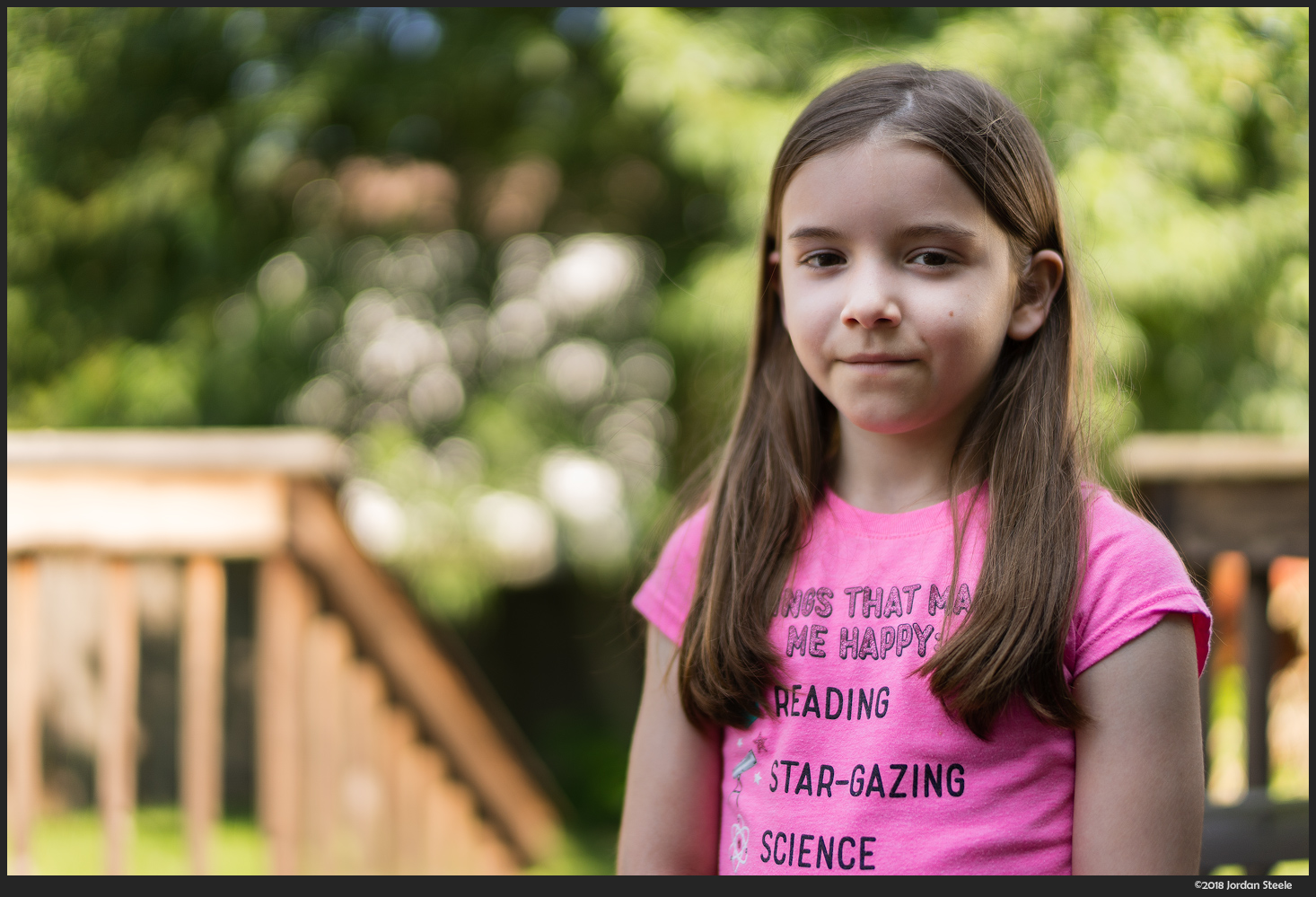
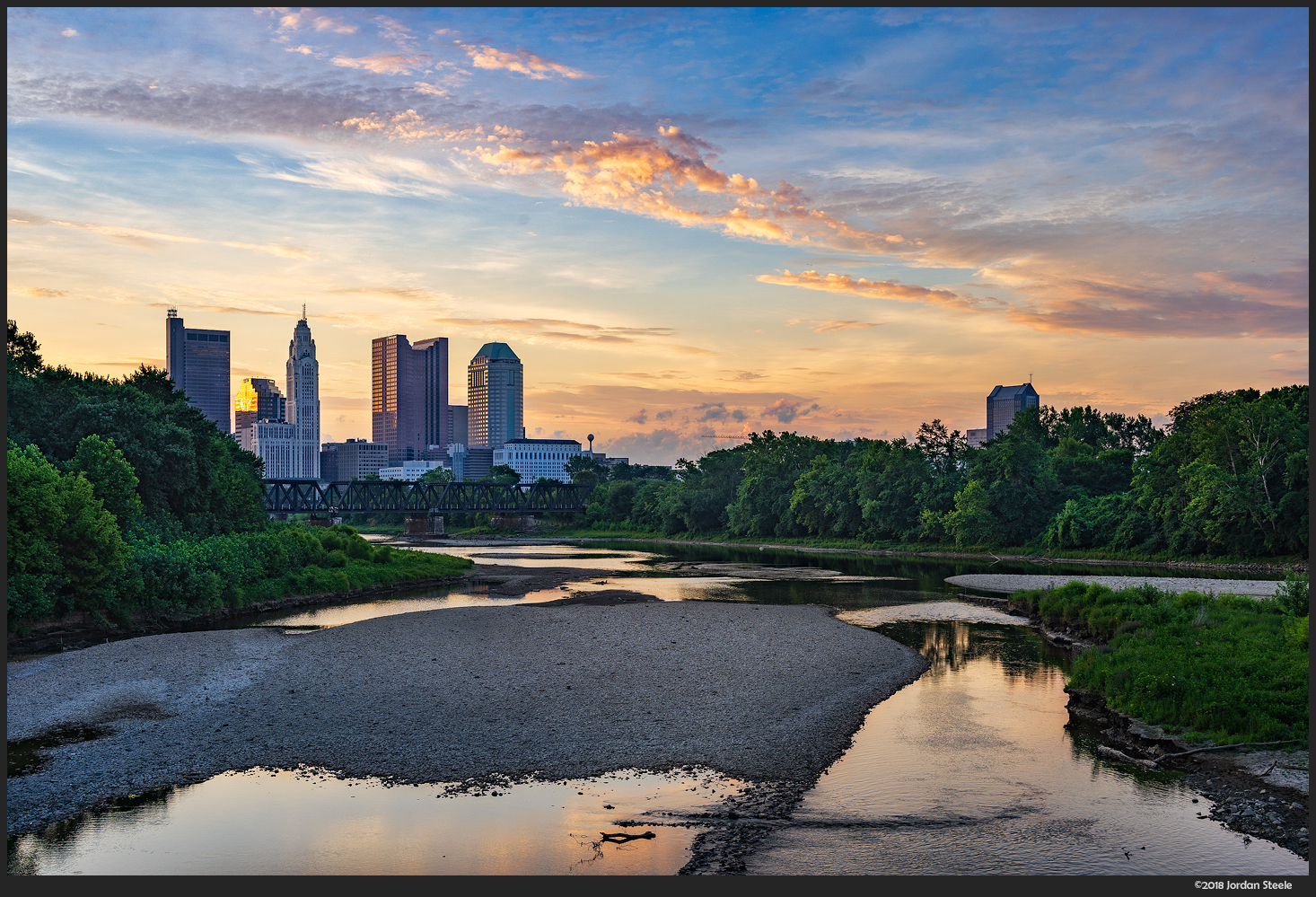

Thanks for this review. Your description match my own findings. I love this lens. Since I bought it last april it is my preferred lens on the A7R3.
Hello,
Very nice review as always. The lens seems indeed very convincing !
Do you still own it ?
Hopefully you can get your hands on a Batis 40mm to review 🙂
I’d be interested to see your take on it “AF vs larger aperture” and the different rendering approaches.
Thanks for your nice articles.
Interest review! I currently own the 12mm and love it on the A7III. Could advise on the 40mm for use on Astrophotography. The f1.4 aperture and size is a great fit but would the quality be a bit soft when using wide open?
Fiquei muito interessado nessa lente.
Ela é compatível com Sony A6.000?
Necessita de adaptador?
Obrigado!
Sim, esta lente é compatível com o Sony a6000. Não requer um adaptador … tem um E-mount.
Desculpe se o Português é pobre … eu tive que usar o Google Translate.
Está perfeito, eu uso direto o Google Translate, Jordan!
Confio muito nos seus comentários e me apaixonei por esse pedaço de vidro! As fotos são maravilhosas!
Tenho a lente do kit e uma 55-210 mm. Considero duas lentes escuras e fico um pouco decepcionado, principalmente com a nitidez dessas lentes. Sou um fotógrafo amador e aprendiz, comecei há um ano atrás.
Não encontrei no Brasil nenhum importador desse produto. Nem no Paraguai, país vizinho que as vezes visito, em função da isenção de impostos. Se encomendá-la via importação pagarei praticamente o dobro, em função dos impostos. Pagaria o valor referente a praticamente um mês de salário. Acho um pouco alto para um fotógrafo amador – no Brasil o dólar está cotado em R$ 4,00, ou seja, pagaria mais de R$ 8.000,00.
Que outra lente você me sugere com ampla abertura, versátil para fotos de paisagens, retratos, com boa ótica e que não exceda os U$ 1.000,00??
Continue postando seus artigos maravilhosos.
Abraços!
Como você está usando uma a6000, recomendo o excelente trio de lentes f / 1.4 da Sigma (16 mm f / 1.4, 30 mm f / 1.4 e 56 mm f / 1.4). Todos são excelentes opticamente e bastante acessíveis.
Um amigo viajou aos EUA e acabou comprando para mim. Recebi ontem e já fiz umas fotos. Estou amando … Obrigado pela resenha.
I have the BATISE 40MMF2 ;
Wanted the auto focus function and have had stellar results with the other Bastise lenses I have the 18mm , 25mm and the 85mm , I use these in landscape with Nisi Filters.
The Nokton 40mm 1.2 was my first choice but wanted to use the auto focus in street situations. I have shot with many adapted Voigtlander lenses from the 12mm , 40mm F4 , 50mm ( 1.1 ), 75mm F1.8 and I have had great results with all.
Why Voigtlander Cosina ? The filmic look to break from the harshness of the electronic images… megapixel wars… I also shoot a fine 90mm 2.8 A. Schact Ulm , these I have two of. They have the rounded Aperture with 16 aperture blades for superb bokeh and scintillating high lights. Shoot the Canon 0.95 too.
For the build quality there is no other way to go back to the BEST of the metal German quality , or even early Canon L39 quality but for the Voigtlander glass. Cosina is a superb manufacturing house of impeccable standards.
I will get the 40mm 1.2 as my next lens however I am torn between the NEX version or the M mount bayonet , as I use the adapters without hesitation on the lenses.
One last thought … if any of you are using more than Sony bodies, the M mount is the Cat’s Meow.
Again : Cosina is a great house. Voigtlander is a great legacy lens.
Bang for the buck …. Leica if you must. But if eating and travelling , Voigtlander is the preferred tool.
There are two big reasons why using the E-mount version on Sony bodies is preferable to the M-mount version adapted.
1) The sensor cover glass is a much different thickness than that used by Leica. As such, a lot of Voigtlander lenses show worse performance towards the edges when using the M mount adapted version. The E-mount versions are slightly modified optically to account for the difference in cover glass thickness and sensor design. This doesn’t make nearly the difference on something like the 40mm as it does on the ultra-wide angles (where the difference is significant), but it’s still worth noting.
2) When using the adapted lens, you lose electronic contact information. This has three impacts. First, you have no EXIF data, so looking up aperture after the fact (or even which lens you used) is impossible. Second, you lose the ability for the camera to tell when you are focusing. With the shallow depth of field of the 40mm f/1.2, having the camera auto-magnify the focus area when focusing is very helpful for quick and accurate focusing on your subject. Third, because the camera can’t know how close you are focusing, you lose some of the axes of stabilization with the in-body IS, reverting to a 3-axis stabilization rather than the full 5-axis stabilization that is available with the E-mount version, since distance information is passed to the body through the lens contacts.
However, if you shoot both systems it may make more sense to shoot the M mount version. Do be careful on the wide angle lenses, though….the 12mm and 15mm are notably worse when using the M mount on Sony than they are on Leica, or when using the native E-Mount version.
I use a leica m 262 and my favourite lens is my wonderful 35mm f2.4 summarit but this voigtlander lens appeals to me for trying some wide open portraits.
Great review backed up by some varied and superb quality images.
How do you find this lens in comparison to the TTArtisan 50mm f1.4? 10mm of focal length notwithstanding, I am really on the fence.
If you haven’t already, read my review of the TTArtisan 50. In there I mention how much the TTArtisan reminds me of the Voigtlander. I love both. If money was no object, I think the Voigtlander is just a tiny bit better, mostly due to consistency in rendering at various focus distances, but they are very close and share a similar drawing style.The TTArtisan might be a smidge sharper wide open, and the Voigtlander perhaps better with bokeh at further distances. Also, the Voigtlander performs better against the sun when stopped down. For landscape work.
With the TTArtisan on the market, I do find it harder to justify the notably higher price for the Voigtlander, if the focal length isn’t of major concern. Both are great lenses. Right now, as I’m shooting Canon RF, the TTArtisan is in my bag.
hi i wanna buy either this lens or batis 40 f2 , which one do you think is better purchase ?
also from this lens there are 2 versions , 1 is SE still edition lighter than original one . is SE one as good as the original one